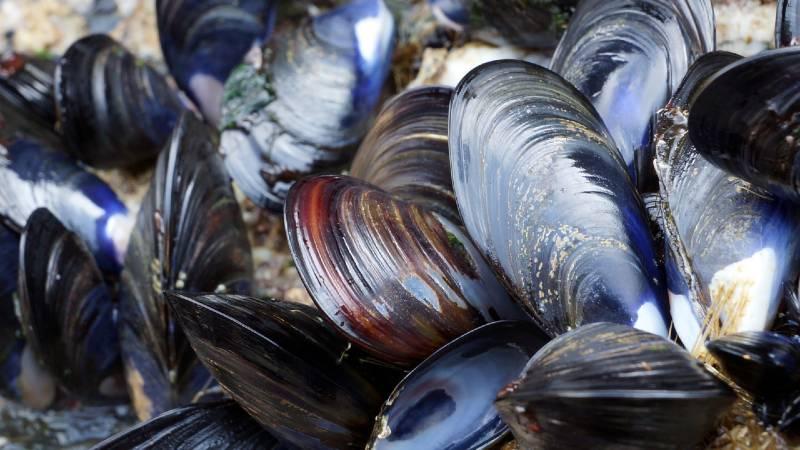Understanding the immune systems of oysters and clams is important in monitoring the effects of pollution and climate change on the health of molluscan species and the potential impacts on the aquaculture industry. Their immune responses also can serve as indicators of changes in ocean environments.

A new study led by Dr Sigrun Lange, Reader in Molecular Pathology at the University of Westminster, identified new biomarkers in four economically important marine mollusc species — the blue mussel, soft-shell clam, Eastern oyster, and Atlantic jackknife clam. The newly identified biomarkers relate to vesicles released as communication between cells and to changes in protein function involved in the regulation of metabolism and the immune system.
The discovery will aid further biomarker identification to benefit the aquaculture industry and provides new understanding of how these pathways function in diverse ways in different animal species.
Dr Sigrun Lange, whose research group focuses on the role of the biomarkers under study in animals across the evolutionary tree, said: “The findings of this study help explain how proteins which are similar across the evolutionary tree can take on different functions depending on requirements in different animals, and humans, for roles in health and disease by undergoing deimination.”
She added: “We also characterised a type of lipid blebs released from cells, so called extracellular vesicles, which carry important information between cells and are currently being developed and used as tools to understand many human diseases. There is still very little research on these vesicles and their use for health monitoring in relation to wild or cultured animals. This study is therefore of considerable importance for developing new biomarker panels that may be very valuable for the aquaculture industry as well as for wild life monitoring, which is affected by environmental changes.”
The study, which was published as the cover article in the December 2020 issue of the journal Biology, was also conducted in collaboration with the University of Maine and the Open University.
Oysters and clams play a critical role in the food chain, representing more than 7% of global marine capture fisheries products in 2018, according to the Food and Agriculture Organization of the United Nations. In the United States, more than 82% of the 2018 total value for marine aquaculture was derived from clams, mussels and oysters. Understanding molluscan metabolism is a priority based on the role of marine mollusks in global ecosystems and their burgeoning commercial value.


